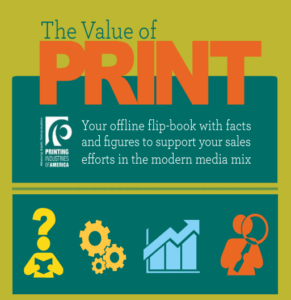Hopkins Green Initiative
Responsible printing companies take giant measures to ensure the well-being of the planet we live on. Many people are unaware of the ecologically sensitive equipment, supplies, and substrates available to companies trying to make a difference.
Hopkins Printing has an unrelenting goal of minimizing our carbon footprint and consumption of natural resources. We try to lead by example to show the printing industry that both profitability and sustainability can be achieved together.
Consumables
Hopkins offers a range of environmentally friendly paper substrates including fine paper, cardstock, or cardboard. Hopkins also prints directly onto recyclable plastics ranging from polystyrene (PS) #6, polypropylene (PP) #5, polyethylene (LDPE) #4, polycarbonate or acrylic #7. If you desire environmentally friendly alternatives, there are a range of further options available upon request, that may offer the substrate traits you are looking for with increased sustainability.
Recycling
Hopkins comprehensive recycling efforts has saved hundreds of thousands of pounds of plastic Styrene, Expanded PVC, PETG, Acrylic, Polycarbonate, Polypropylene and other plastic types from reaching the landfills.
Hopkins has also saved the landfills from hundreds of thousands of pounds of cardboard, cardstock, and other paper types.
Solar Panel Array
In 2014, Hopkins Printing Elgin location installed one of the largest privately owned photovoltaic solar arrays in Illinois. Each year the 189 kW array installed on the roof of our building will generate about 221,000 kW which correlates to saving 225 tons of CO2, 900 lbs of Nitric Oxide, and 2,200 lbs of acid-rain forming Sulfites put into the atmosphere.
Each year, we evaluate how much energy consumed was offset by our solar panels.
FSC Certification
Hopkins Printing Columbus has an FSC Chain of Custody certification for our customers to be able to share with their customers that they are printing on paper that is sourced in a responsible manner. We also print on Forest Stewardship Council certified papers.
Heat Savings
Hopkins recycles the heat produced from its equipment to help offset building heating costs in the winter months, and channels the heat outside during the summer months.
VOC Reduction
Hopkins Elgin uses Ultra-Violet (UV) inks throughout its production facility and has long distanced itself from solvent based ink systems which emit large quantities of VOCs into the atmosphere.
Motion Sensing
Hopkins has motion sensing LED lights throughout our company which ensures our lighting is only on when needed. We also utilize motion sensing dock doors to help reduce the demand for heat and cooling.
Investing in Electric
In 2020, Hopkins transitioned it’s forklift fleet from natural gas to electric. This shift will further reduce our carbon footprint, create zero emissions, and is charged using renewable power from our solar panels.
Hopkins Printing’s Sustainability Policy
Hopkins Printing is committed to the pursuit of reducing our environmental impact throughout our organization and supply chain by finding, sharing and implementing solutions that reduce Hopkins’s impact on the environment by reducing our consumption of energy, water, materials, and generation of waste, and emissions.
Hopkins will identify, monitor, and maintain compliance with all EHS regulations and laws in addition to all labor regulations and laws on Federal, State, and Local levels. Hopkins will share our sustainability performance with our employees and supply chain to reinforce our commitment to sustainability. Hopkins will execute sustainability improvement projects to influence source reduction, reuse, and recycling with our employees and supply chain.
Environmental stewardship has been a priority since the birth of Hopkins Printing. At Hopkins we recycle light bulbs, plastic, paper, ink and cardboard everyday, but sustainability goes beyond just recycling. Learn more about Hopkins’ past green initiatives and future environmental projects here.
We have demonstrated a continuous commitment to the environment over the past 40 years and we would like to share our achievements with you.
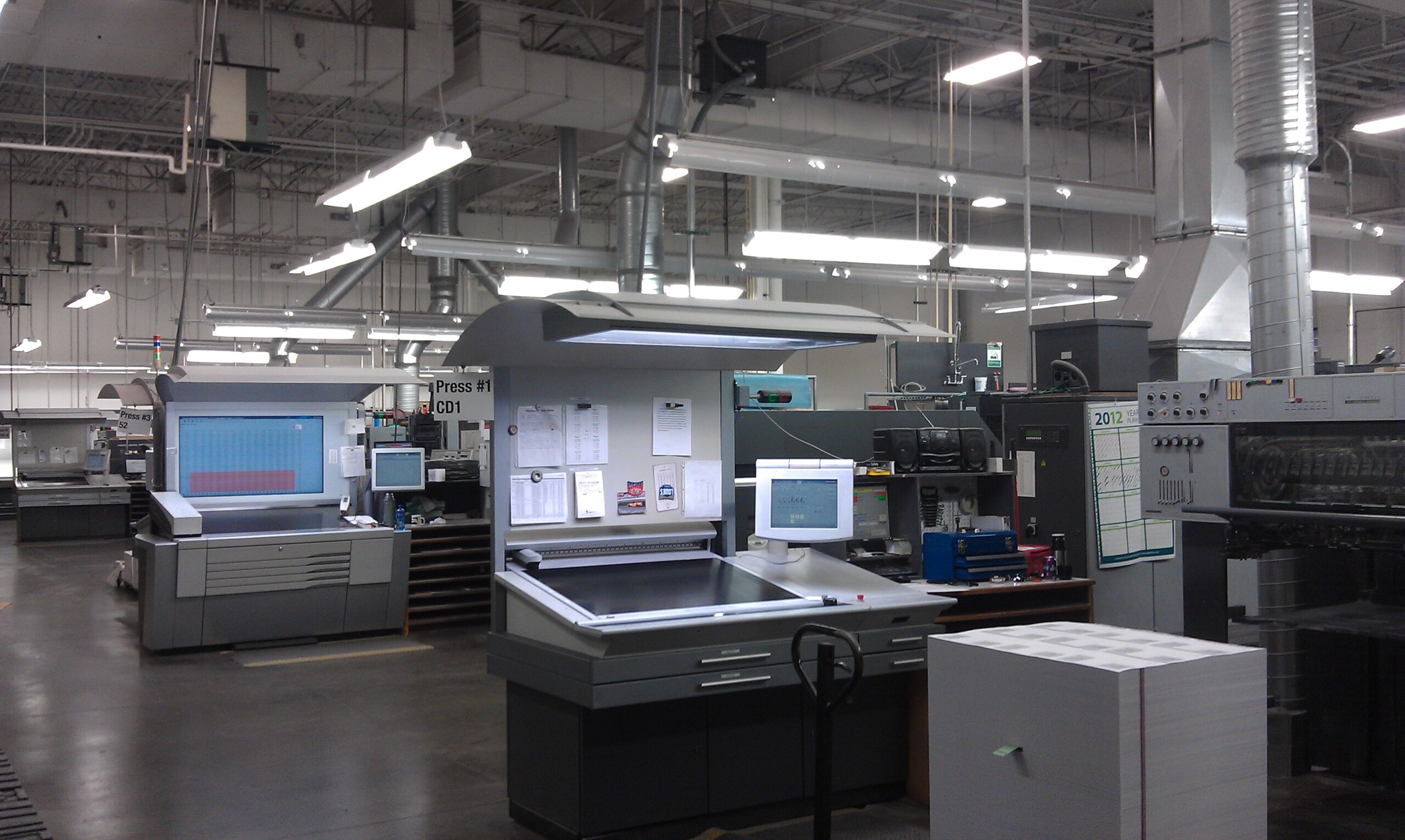
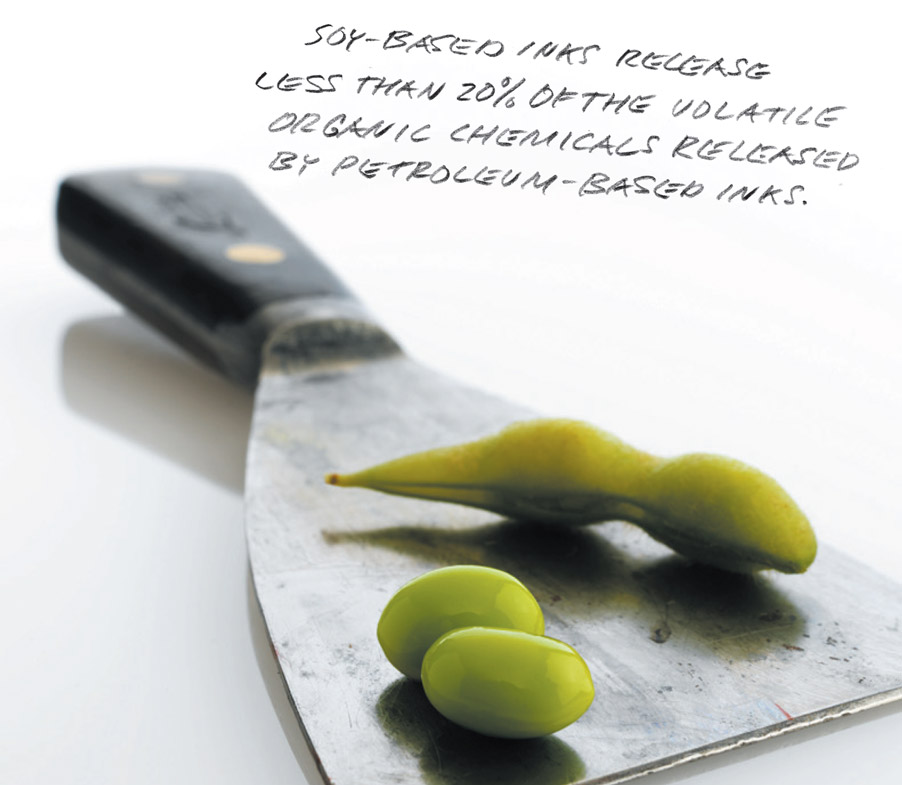
Hopkins Printing embraces a green initiative in our plant. We use soy based inks and FSC® certified papers. We recycle our paper, plates, ink, and oil. Our Direct-to-Plate technology gives us significantly reduced chemistry consumption, waste and disposal. We have participated in an energy savings plan with AEP and Hopkins pays for our oil drums to be recycled. There are ways for printing companies to be environmentally friendly and we believe Hopkins is one of the best representations of this effort.
recertified:
Hopkins Printing became one of the first printers in Central Ohio to achieve certification by the Forest Stewardship Council®.
reuse:
Hopkins had reduced the total number of lighting fixtures originally in our building and added occupancy sensors to help further reduce energy consumption. In June of 2019, Hopkins printing replaced 962 T8 fluorescent light bulbs with LED 5000K tubes in the plant as well as replacing 428 fluorescent U bulbs with 3400K tubes for the offices.
respond:
We planned the placement of our facility in order to save an oak tree that was already on the lot. This tree still stands as a symbol of our dedication to operating with the environment in mind.
repurpose:
Soy-based ink has not only been made the standard for every job at Hopkins, but the excess ink from each job is re-mixed and used on other jobs.
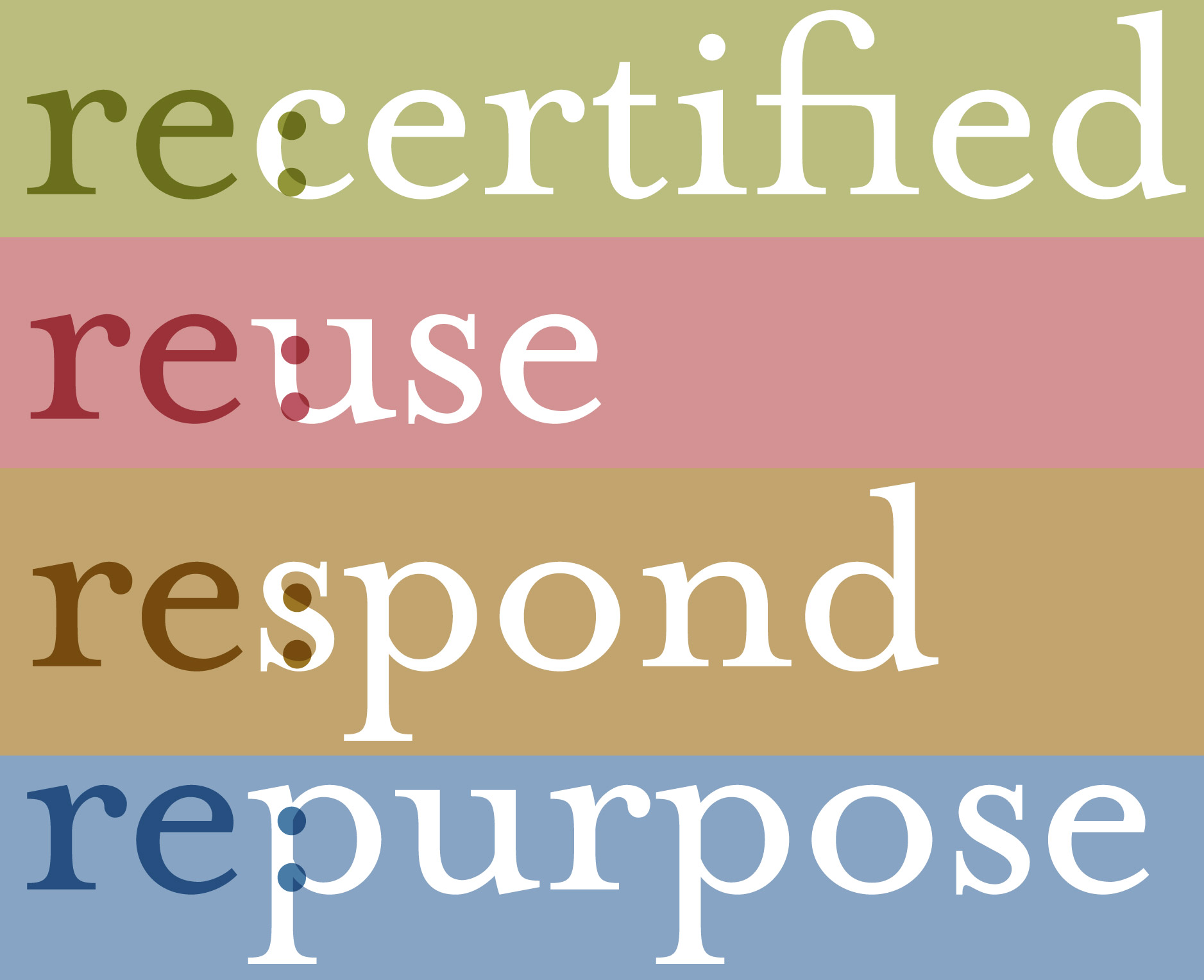
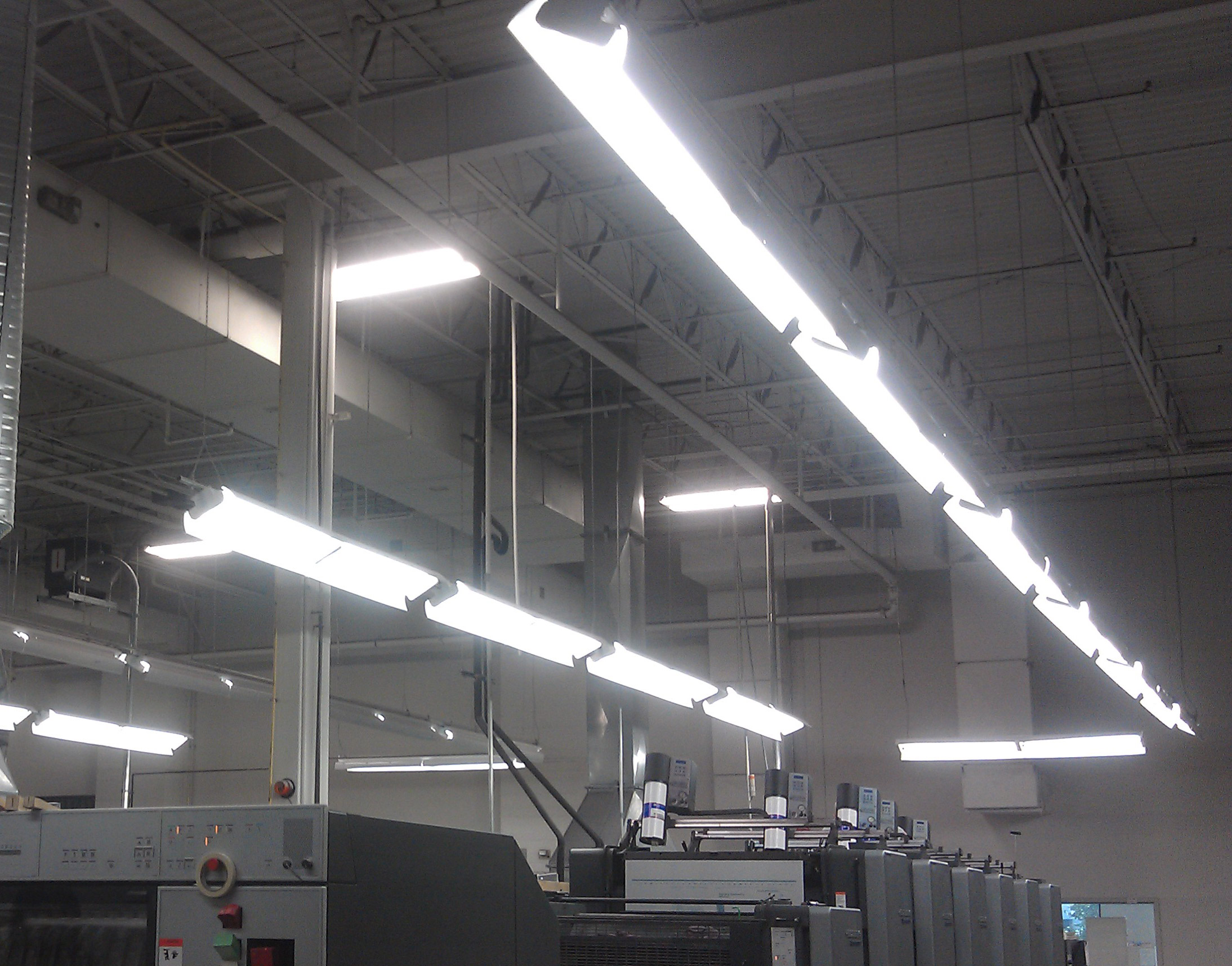
Hopkins has reduced the total number of lighting fixtures originally in our building and added occupancy sensors to help further reduce energy consumption. The total wattage in our building has decreased significantly by about 42,000 watts per hour.
Despite this massive reduction of wattage, the Hopkins Printing facility is now much brighter and more efficient due to high efficiency light bulbs and new lighting ballasts. The previous high bay ballasts were globe shaped fixtures which produced light in all directions, unnecessarily lighting the ceiling of our facility. The new ballasts reflect light downward and outward.
This project has reduced our footprint on the energy grid, cut our physical waste in half and it will save $17,000 dollars annually in energy costs.
This flipbook demonstrates the positives involved in choosing print and debunks some myths about the print industry as a whole.
It has a number of statistics and facts that may surprise you. We hope you enjoy it.
Open publication – Free publishing

